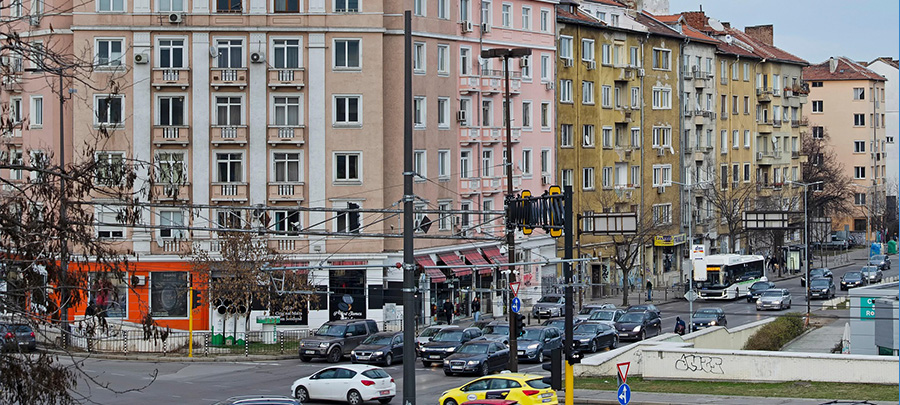

Bulgaria—situated strategically in the Balkans—enjoys easy access to the EU, CIS, Middle East, and North Africa. In recent years, its wine sector has evolved alongside shifting trade dynamics, domestic consumption patterns, tourism growth, and rising interest in quality and innovation.
1. Market Snapshot: Import Volume & Trade Dynamics
- In 2023, Bulgaria imported approximately US $42.2 million worth of wine, ranking 61st among the world’s wine-importing countries
- However, COMTRADE/UN data for 2024 shows significantly lower imports of fresh grapes and must—just US $13.6 thousand—highlighting that Bulgaria’s wine imports are almost exclusively in processed (bottled) form, not bulk or fresh grapes
- Over the 2018–2023 period, the Bulgarian still wine market grew at a 4.4% CAGR, with a notable 21% jump in 2022, indicating phases of dynamic demand
2. Domestic Wine Production & Consumption Outlook
- Bulgaria’s wine and cider production revenue reached about €176.1 million in 2024, placing it 13th in Europe
- Projections from 2023–2028 suggest a slight decline in wine revenue to €128 million, annual growth at –0.1% CAGR, yet consumption is set to grow from 114,000 metric tons in 2023 to 132,000 metric tons by 2028 (CAGR ~2.4%)
- Meanwhile, production volume is projected to decrease from 102,000 metric tons (2023) to 85,000 metric tons (2028)—a declining trend of –2.8% annually
Insight: Bulgaria is consuming more wine even as production falls—a gap increasingly filled by imports and tourism-driven demand.
3. Import Sources & Product Highlights
While detailed breakdowns of top origin countries are scarce, niche data on Merlot offers clues:
- Merlot imports (June 2023–May 2024): 85 shipments involving 24 Bulgarian buyers and 44 suppliers; key exporters included Chile (56%), Turkey (19%), and Ukraine (15%)
These volumes—especially from Chile and Turkey—likely reflect growing interest in international red varietals among Bulgarian consumers and hospitality venues.
4. Tourism’s Role & Market Potential
- In 2024, Bulgaria received over 13 million foreign tourists, contributing 15% of GDP and supporting roughly 150,000 jobs
Tourism clearly fuels demand for both domestic and imported wines—especially premium and diverse wine styles offered in hotels, resorts, restaurants, and wine tourism spots.
5. Innovation & Quality—Domestic Heritage and Trends
While not strictly about importers, it’s helpful to note some vibrant homegrown production forms that shape the domestic wine narrative:
- Villa Melnik Winery produces rich blends from local and international varietals, standing out for its innovative bottlings and sustainable practices
- Dimyat, an indigenous white grape renowned for its aromatic qualities, continues to anchor Bulgaria’s unique varietal identity
- Balar AD, a boutique producer crafting red and rosé wines from Cabernet Sauvignon, Merlot, Syrah, Muscat, and Traminer, exemplifies Bulgaria’s boutique winery growth
6. Strategic Outlook & Importer Landscape in 2025
Emerging Patterns & Opportunities
- Bulgaria is relying increasingly on imports to bridge rising consumption amid slumping production.
- Imports are concentrated in bottled wines—with growing interest in international varietals like Merlot, sparkling wines, and premium labels.
- Tourism continues to incentivize quality and diversity in wine offerings.
Importer Strategy Recommendations
- Targeted sourcing: Exporters of Merlot and other reds from Chile, Turkey, Spain, and Italy can tap into rising consumer and horeca demand.
- Position for tourism: Imported wines that convey uniqueness or international flair appeal well in tourist-facing venues.
- Partner with boutique importers/distributors: With consumption growing yet production declining, small-and-mid-sized importers focusing on curated selections can be high-impact collaborators.
2025 Summary at a Glance
| Insight Area | 2025 Perspective Summary |
|---|---|
| Import Value | ~$42M in 2023, focused on bottled wines |
| Domestic Production | Declining (~–2.8% CAGR); consumption rising |
| Consumption | Forecast to reach ~132k metric tons by 2028 |
| Key Import Origins | Merlot from Chile, Turkey, Ukraine; other sources unclear |
| Tourism Influence | Strong—13M tourists in 2024; 15% GDP contribution |
| Local Producers | Innovative wineries like Villa Melnik, Balar AD |
| Strategic Focus | Premium, tourism-driven, red varietal imports |
WINE IMPORTERS IN BULGARIA
- Transimport Ltd.
Address: 92 Boulevard “professor Tsvetan Lazarov”, Sofia
Phone: +359 2 979 0988
Website: delion.bg - Vart Eood
Address: South-western Industrial Zone / Southern Industrial Zone /, Odessos Port – Pbm Ad, Varna
Phone: +359 52 696 270
Website: vart-brands.com - United Brands
Address: 8 Srebrostruy Str., Sofia
Phone: +359 88 280 0444
Website: unitedbrands.bg
Producers interested in the Bulgarian market can find a database with top wine importers, distributors and retailers here.





